High-quality images are crucial for success on Amazon, as they directly impact conversions, customer trust, and search rankings. However, many sellers struggle to meet Amazon’s strict image requirements, leading to listing suppressions, poor visibility, and lost sales.
In this guide, we’ll break down Amazon image size requirements in detail, helping you understand the dos and don’ts. You’ll learn how to optimize your images for compliance while making them visually compelling to attract more buyers and boost sales.
Amazon Image Requirements for Product Photos
Amazon’s image requirements go beyond basic guidelines—they have specific rules for main or hero image and secondary images. Understanding these differences is important. By following Amazon’s guidelines, you can create compelling, high-quality images that take your listings to the next level, attract customers, and also reduce the risk of non-compliance, keeping your listings active and optimized for sales.
- Main Image Requirements
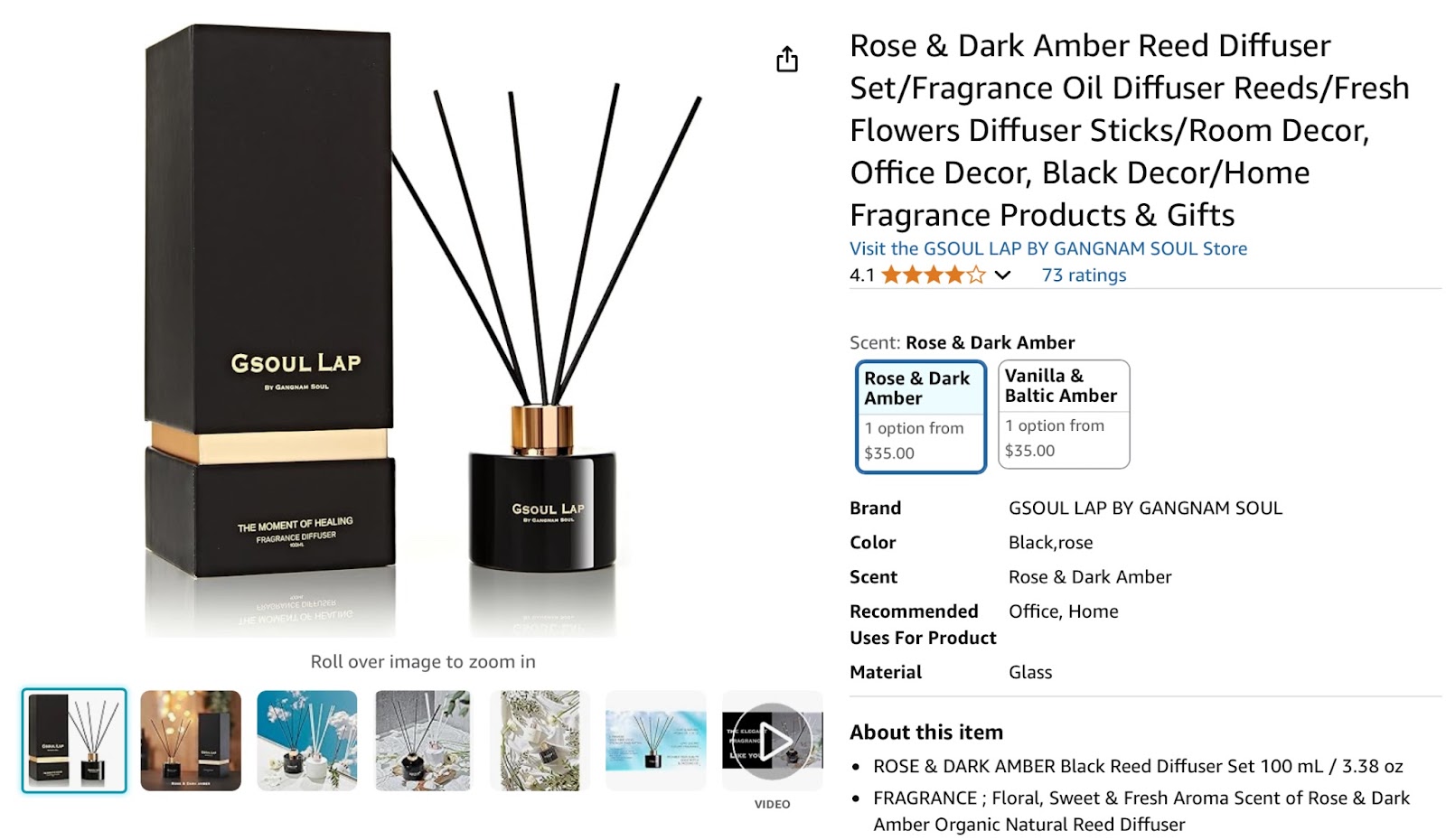
Your main image is the first thing shoppers see—both in search results and on your product detail page. A compelling main image can instantly grab attention and increase clicks, making it one of the most critical elements of your listing.
Amazon’s main image requirements include:
- Must have a pure white background (RGB: 255, 255, 255).
- It should be a high-quality, professional photograph—no drawings or illustrations.
- It cannot contain text, logos, watermarks, or additional graphics.
- The product must fill at least 85% of the frame and be fully visible.
- Apparel multipacks and handbags must be displayed off-model and laid flat.
- Secondary Image Requirements
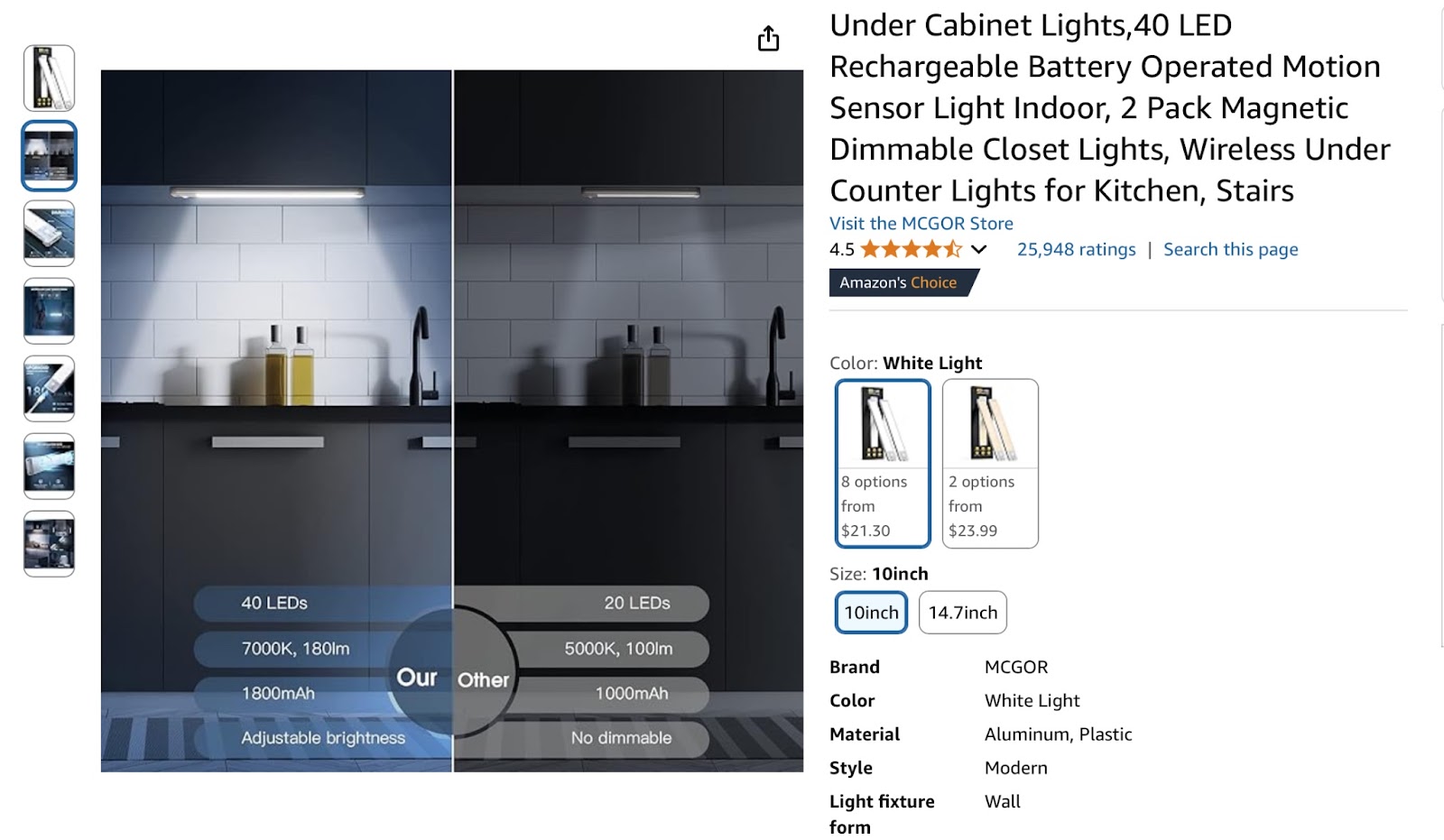
To provide a more complete view of your products, Amazon allows secondary images that offer additional context. These images should remain clear, high-resolution, and informative, without introducing unnecessary distractions. Here are some types of secondary images you can upload:
- Lifestyle images showing your product in use or different environments.
- Infographics highlighting key features and selling points.
- Multiple angles or close-ups showcasing the product’s details.
- Clothing and accessories should feature human models instead of mannequins, with kids’ clothing shown flat off-model.
These secondary images help enhance your product’s appeal and provide customers with a clearer understanding of its value.
What are Amazon’s Technical Image Requirements?

Great visuals are important, but meeting Amazon product image requirements is crucial. Follow size, file type, and color guidelines to avoid rejections and ensure your images display properly across all devices. Let’s look at some of the technical image specifications below:
1. Size and Dimension
The size and dimensions of your images are key to meeting Amazon’s technical requirements and ensuring a seamless shopping experience. To enable Amazon’s zoom functionality—crucial for better customer engagement—your image dimensions must be at least 1,000 pixels on the longest side, with an optimal size of 1,600 pixels or more. However, the file size should not exceed 10,000 pixels on the longest side.
|
Format |
Minimum |
Optimal |
|
Dimensions |
1,000 px |
1,600 px |
|
File Size |
– |
< 10,000 px |
The right Amazon image size and correct dimensions ensure that your product images are accepted by the platform and also significantly enhances the customer viewing experience, driving potential purchases.
2. File Types and Formats
Amazon supports four image formats: TIFF, JPEG, GIF, and PNG—but JPEG is the top choice for most sellers. It strikes the perfect balance between high quality and small file size, ensuring fast-loading product pages while minimizing any extra white space.
If you need transparent backgrounds, the PNG format is an excellent choice. Just keep in mind that TIFF image files must be flattened before uploading—Amazon won’t accept layered versions.
Choosing the right format ensures your images display correctly across all devices, keeping your product pages looking sharp and loading smoothly for a better shopping experience.
3. Color Profiles and Modes
According to Amazon’s requirements, product images must be submitted in either the sRGB or CMYK color mode. This requirement ensures that your images display accurately across different devices, from laptops and desktops to tablets and mobile phones.
The incorrect color profile could lead to colors appearing differently across different screens and devices, or worse still, being distorted.
Consistency in colors in your product images is a best practice that can establish reliability, providing potential customers with an accurate understanding of what they can expect when they purchase the product.
Video Requirements for Amazon Listings
Amazon allows sellers to include videos in their product listings to provide a richer, more engaging shopping experience. To make sure your video meets Amazon’s standards and optimizes your listing, here are the key requirements:
File Format
Amazon supports video files in .mp4 format. This is the most commonly used format and ensures compatibility with Amazon’s system.
Video Length
Videos should be between 30 seconds and 5 minutes long. Shorter videos may not provide enough information, while longer ones can risk losing viewer attention.
Resolution and Quality
The video should have a minimum resolution of 1280×720 pixels for clear and crisp visuals. Amazon recommends using 1080p (Full HD) for the best quality. Avoid low-quality or pixelated videos.
File Size
The video file size should be under 500 MB to ensure quick loading times and smooth playback.
Content Guidelines
The video must be directly related to the product. Focus on demonstrating the product’s features, benefits, and usage.
Avoid including any unrelated content, such as promotional offers or extraneous material.
Ensure that the video is appropriate and adheres to Amazon’s content guidelines.
Audio and Subtitles
Clear, high-quality audio is important for understanding the content. Amazon also encourages adding subtitles for accessibility, especially if your video is in a language other than English.
Thumbnail Image
Amazon allows you to set a thumbnail image for your video. Make sure the thumbnail is clear, relevant, and visually appealing to entice potential buyers.
Approval Process
After uploading your video, it will go through Amazon’s review process before being displayed on your listing. Ensure that your video meets all guidelines to avoid delays or rejections.
Amazon Photo Naming Conventions
Amazon photo naming conventions are essential for organizing images and improving listing visibility. In this section, we’ll cover the use of product identifiers, variant codes, and file extensions for optimal image management.
1. Product Identifier Code
Incorporating the product identifier code (such as ASIN or UPC) into the image name can provide structure and uniqueness, especially when managing a large catalog. This helps in identifying which image corresponds to a specific product or variation. ASIN (Amazon Standard Identification Number) is Amazon’s unique identifier for each product, and UPC (Universal Product Code) is often used for cross-referencing products sold across multiple platforms.
2. Variant Codes
For products with different variants (such as size, color, or style), it’s important to include the variant code in the image filename. This ensures that images are correctly linked to the variant they represent. Variant codes can be based on attributes like color, size, or material. Clearly specifying the variant in the filename helps keep images organized for different versions of the same product.
3. File Extensions
The file extension indicates the format of the image. Amazon supports several formats, with the most common being:
- .jpg / .jpeg: this is the appropriate file extension for most product images due to a good balance between quality and file size.
- .png: Ideal for images requiring transparency or high-quality graphics, like logos or detailed designs.
- .gif: Rarely used for product images, but may be employed for certain design elements.
- .tiff: Typically not recommended, as TIFF files are large and not web-optimized.
Optimizing Your Images for Amazon Listings
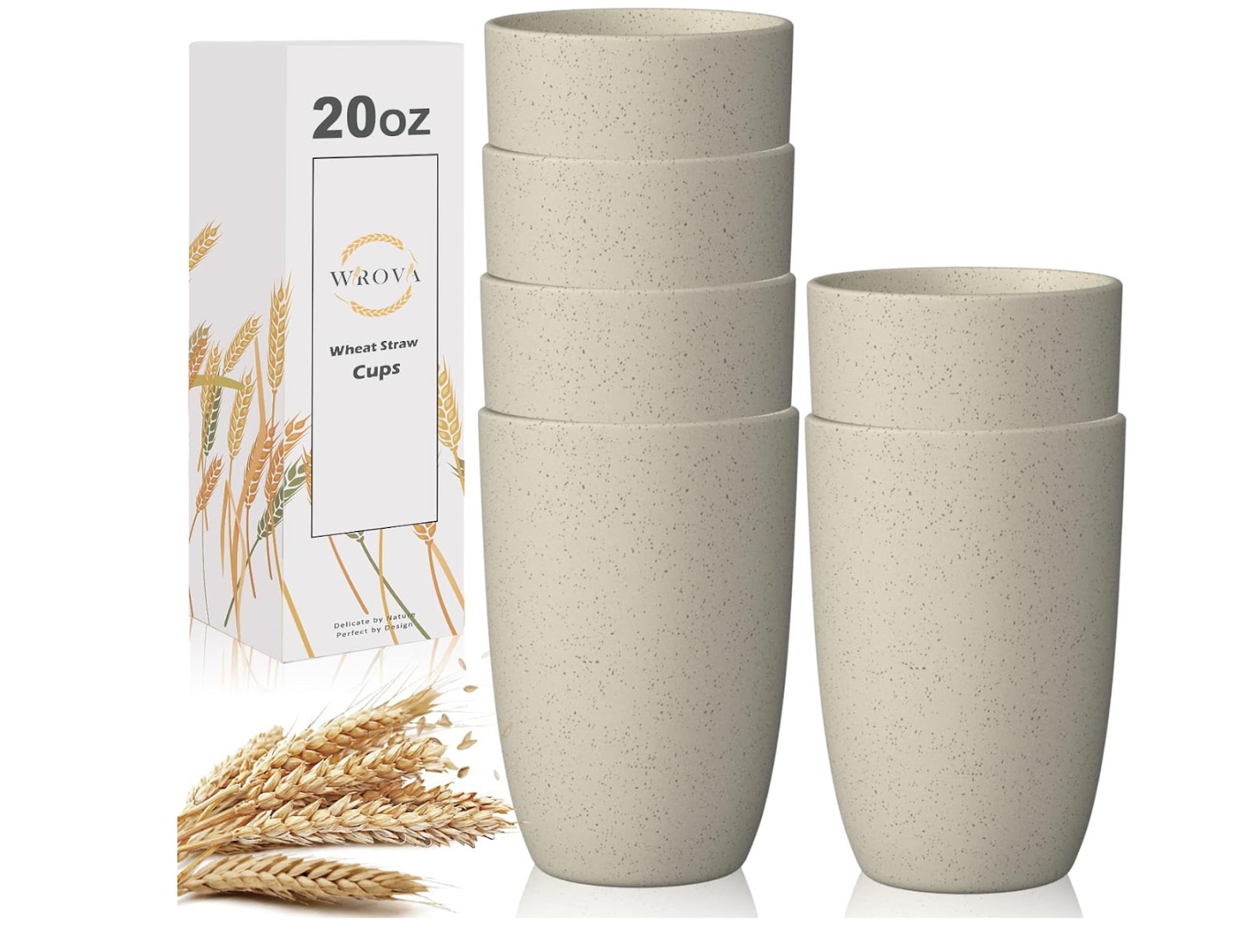
Optimizing product images is about more than meeting Amazon’s requirements—it’s about creating engaging visuals that convert. High-quality composition, clarity, and post-production attract buyers. Using professional photography and graphic design can improve discoverability and boost sales.
1. Image Composition and Background
Here’s what you should keep in mind when considering your product image composition and background:
- Amazon Main Image Requirements: For the first image, your product should fill at least 85% of the image frame. Close-up shots focusing on the product are often the most effective. Make sure no part of the product is cropped or cut off by the image edge.
- Supplemental Image Requirement: Offering additional images with varying backgrounds—like white, colored, or lifestyle settings—can enhance the customer’s experience. However, make sure the backgrounds remain simple and clean, without distracting objects, to maintain focus on the product.
2. Lighting and Image Clarity
Proper lighting is key to showcasing your product. Even, strong lighting—whether from professional kits or natural light—enhances details and colors. Here’s how to ensure image clarity and quality:
- Lighting: As per Amazon listing images requirements it is important that images be well-lit, in-focus, clear, and recognizable. Avoid any blur, pixelation, or grainy textures—these can turn off customers and affect your sales.
- Resolution: Ensure your images are sharp and show every detail clearly. High-resolution images not only meet Amazon image resolution requirements but also allow you to enable the zoom functionality, which has been shown to improve conversions.
Low-quality, blurry, or unclear images can affect your sales and lead to more returns, as customers may feel the product doesn’t match what they saw in the listing. Crisp, clear images give customers confidence in their purchase and reduce the chances of disappointment.
3. Editing and Post-Production
Post-production editing is essential for refining your product images to meet Amazon’s standards and attract customers. Using professional tools, you can enhance brightness, contrast, and color balance while removing background clutter and retouching any product flaws.
Key editing tips include:
- Image Quality: Adjust brightness, contrast, and color to ensure vibrant, true-to-life product images.
- Background Removal: Keep backgrounds clean and simple to highlight the product.
- Retouching: Fix minor flaws like wrinkles or dust for a polished look.
- File Formats: Use JPEG for best results. If using TIFF, ensure no layers are present.
- Naming & Size: Include the product identifier (e.g., ASIN) in the file name and ensure the image meets Amazon’s size requirements.
How to Optimize Amazon Product Search Terms
Optimizing your product search terms is crucial for improving visibility on Amazon. Here’s how to do it effectively:
Use Relevant Keywords
Include keywords that accurately describe your product, both broad and specific, to capture a wider audience.
Leverage Backend Search Terms
Use all available space in Amazon’s backend search fields. Avoid repeating terms already in the title or bullet points.
Prioritize High-Volume Keywords
Identify popular, high-traffic keywords relevant to your product using tools like Amazon’s search suggestions or third-party keyword tools.
Avoid Keyword Stuffing
Don’t overload your listing with excessive keywords. Focus on clarity and relevance instead.
Use Synonyms and Variations
Include synonyms, regional spellings, and keyword variations to cover different search phrases.
Consider Long-Tail Keywords
Target more specific, less competitive phrases that can result in higher conversions.
Update Regularly
Keep your search terms up to date to reflect changing trends and customer behavior.
Optimizing Your Visuals for A+ Content
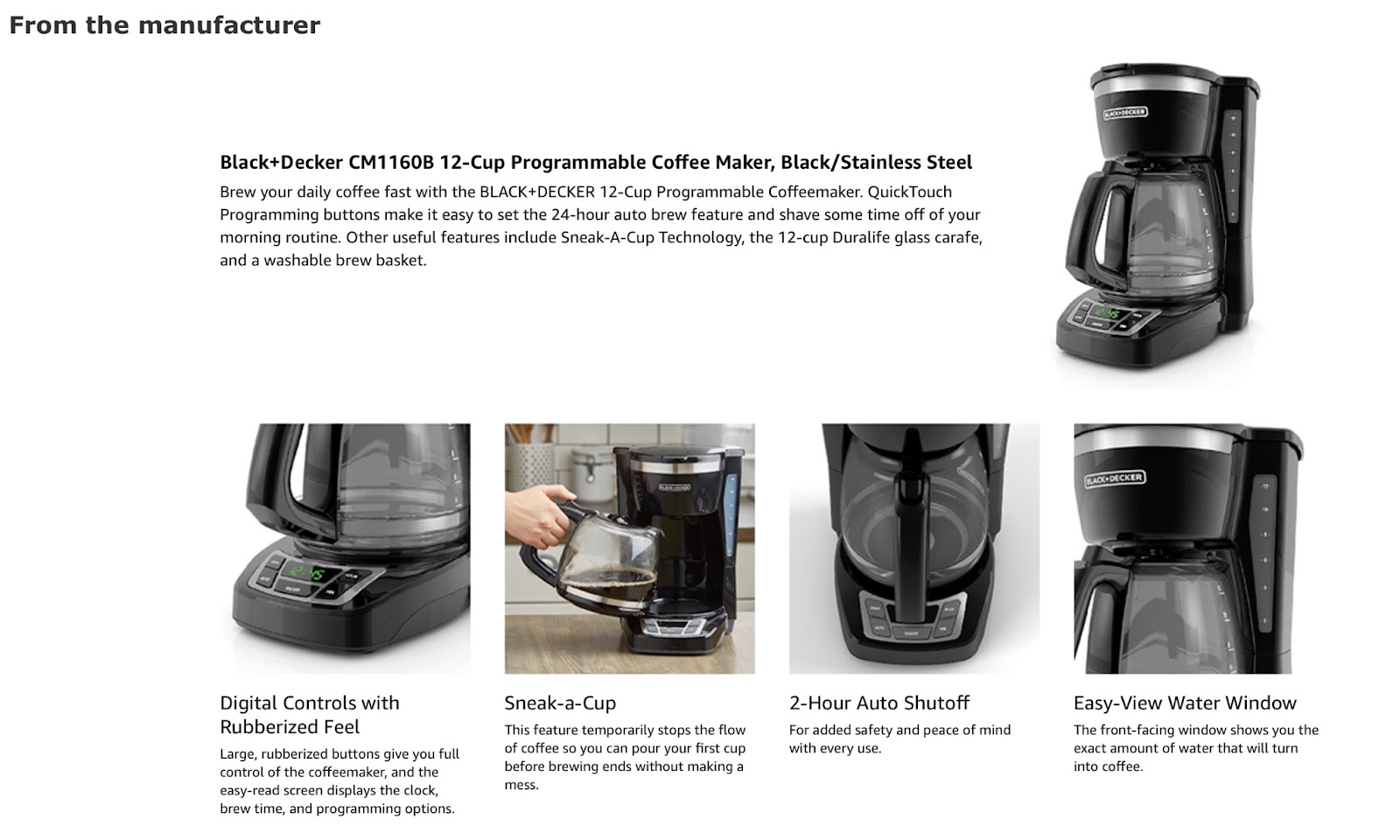
A+ Content allows you to enhance your Amazon listings with rich visuals and detailed descriptions, helping to better engage customers. Here’s how to optimize your visuals for maximum impact:
High-Quality Images
Use high-resolution images (at least 300 DPI) to ensure clarity and detail. Ensure your visuals are sharp and professionally lit to showcase your product in the best possible light.
Variety of Images
Include multiple images that highlight different angles, features, and uses of your product. This helps potential customers visualize the product and understand its value more effectively.
Lifestyle and Contextual Shots
Include lifestyle images that show your product in use or in a real-life context. These images help customers see how the product fits into their daily lives, making it more relatable and desirable.
Infographics and Diagrams
Use infographics to visually explain complex features or benefits. Diagrams can help break down technical details or highlight product dimensions clearly.
Branding Consistency
Ensure that all visuals align with your brand’s style, color palette, and tone. Consistent branding across your images creates a cohesive, professional look that builds trust with customers.
Mobile Optimization
Ensure your visuals are optimized for mobile viewing, as many shoppers use mobile devices. Ensure images are clear, readable, and well-formatted on smaller screens.
Use of Amazon Templates
Amazon provides pre-designed templates for A+ Content. Take advantage of these to create visually appealing and structured layouts that best showcase your product’s key features and benefits.
Images that Tell a Story
Your visuals should convey the story of your product—how it solves a problem, fits into a lifestyle, or offers unique benefits. Think of your images as a way to communicate your product’s value beyond just words.
Ensuring Compliance with Amazon’s Image Guidelines
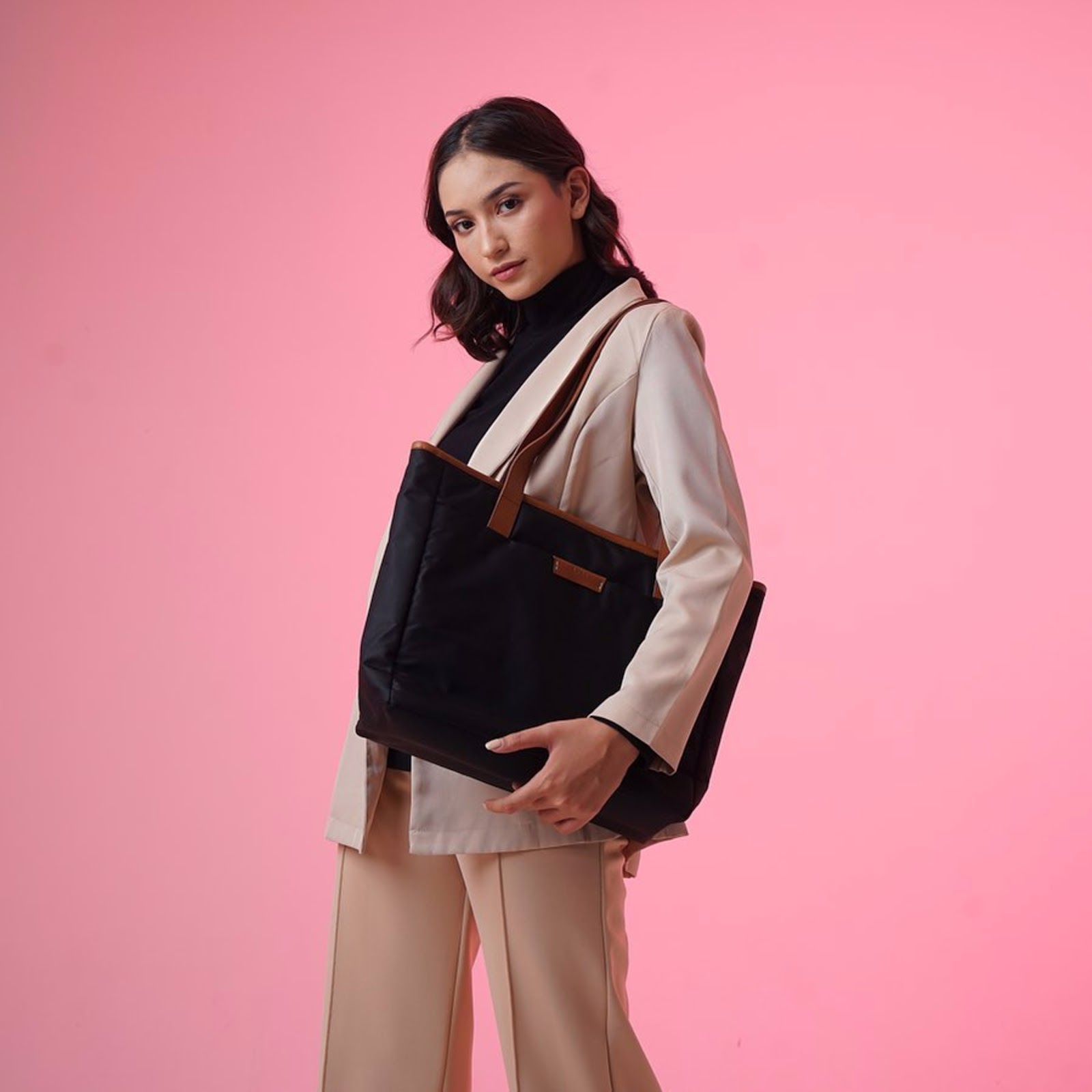
Amazon regularly updates these guidelines; thus, staying updated and updating your imagery to stay compliant is critical. Any violation can lead to your listing being suppressed or removed until necessary modifications are made. Let’s delve into some common mistakes to avoid and tips for maintaining brand integrity.
1. Maintaining Brand Integrity
To maintain a strong brand presence and build trust with customers, it’s essential to follow consistent and professional product image practices on Amazon. Below are key considerations for maintaining brand integrity and professionalism through your Amazon product images:
- Follow Amazon’s image guidelines to maintain brand integrity and build customer trust.
- Misleading or irrelevant imagery can harm your brand’s reputation.
- Consistent product images reinforce brand identity and professionalism.
- Use a uniform style (lighting, composition, quality) and include your logo where appropriate.
- High-quality, polished images demonstrate your commitment to delivering top-notch value.
2. Avoiding Common Mistakes
In an effort to comply with Amazon’s image requirements, sellers often make mistakes that can lead to listing suppression or reduced visibility. Here are some common errors to watch out for, along with tips on how to avoid them:
- Unprofessional Photos: Invest in professional photography to ensure high-quality, clear images that properly showcase your product.
- Using Other’s Logos: Always respect copyright laws—use only your own logos and branding to avoid violations.
- Images with Badges or Watermarks: Avoid using badges, watermarks, or extra graphics on your images, as these violate Amazon’s guidelines.
By steering clear of these mistakes and following Amazon’s image guidelines, you’ll ensure your images are compliant, boosting visibility and improving the overall appeal of your product listings.
Also Read: Stay Ahead With These Product Photography Trends in 2025
Take Your Amazon Brand to the Next Level with FlixStudio!
Tired of the hassle that comes with managing product photoshoots? FlixStudio makes it effortless! Stay in control with a powerful, all-in-one platform that keeps you updated in real time—no more endless calls or confusion.
Get instant shoot updates, review images with ease, and provide feedback in just a few clicks. Our smart image marking system streamlines communication, cutting down feedback loops so you get the perfect shots—faster. From kickoff to final approval, FlixStudio ensures a smooth, stress-free experience, delivering high-quality visuals that make your brand stand out.
Elevate your Amazon game with FlixStudio today!
Conclusion
Whether you’re new to Amazon or a seasoned seller, getting your product images right is essential. Following Amazon’s image size requirements ensures compliance while turning visuals into powerful selling tools. Since guidelines evolve, staying up-to-date boosts search rankings, visibility, and conversions. Great images attract buyers and drive sales. With these insights, you’re ready to optimize your images and enhance your Amazon listings!
Frequently Asked Questions
- Can Amazon images include graphics or text?
Yes, under Amazon seller image requirements, graphics and text are allowed in secondary images. These can help provide additional context or visually represent certain features of your product, making it easier for potential customers to understand the product better.
- What is the best image ratio for Amazon product photos?
Amazon seller product image requirements recommends a 1:1 image aspect ratio, which essentially means square images. This format ensures that your product images fit perfectly into the allotted image boxes on the Amazon site, providing the best viewing experience across different devices.
- How many additional images can I upload to Amazon?
Amazon store allows sellers to upload up to nine additional product images beyond the main product image for each listing. These main photos offer an excellent opportunity to showcase your product from different angles, embed infographics, and include lifestyle photos.
- Do Amazon images need to be square?
While Amazon recommends a 1:1 image ratio for product photos, the images do not necessarily need to be perfectly square. However, maintaining a consistent image ratio across all your product photos helps maintain a professional appearance for your product listings.



